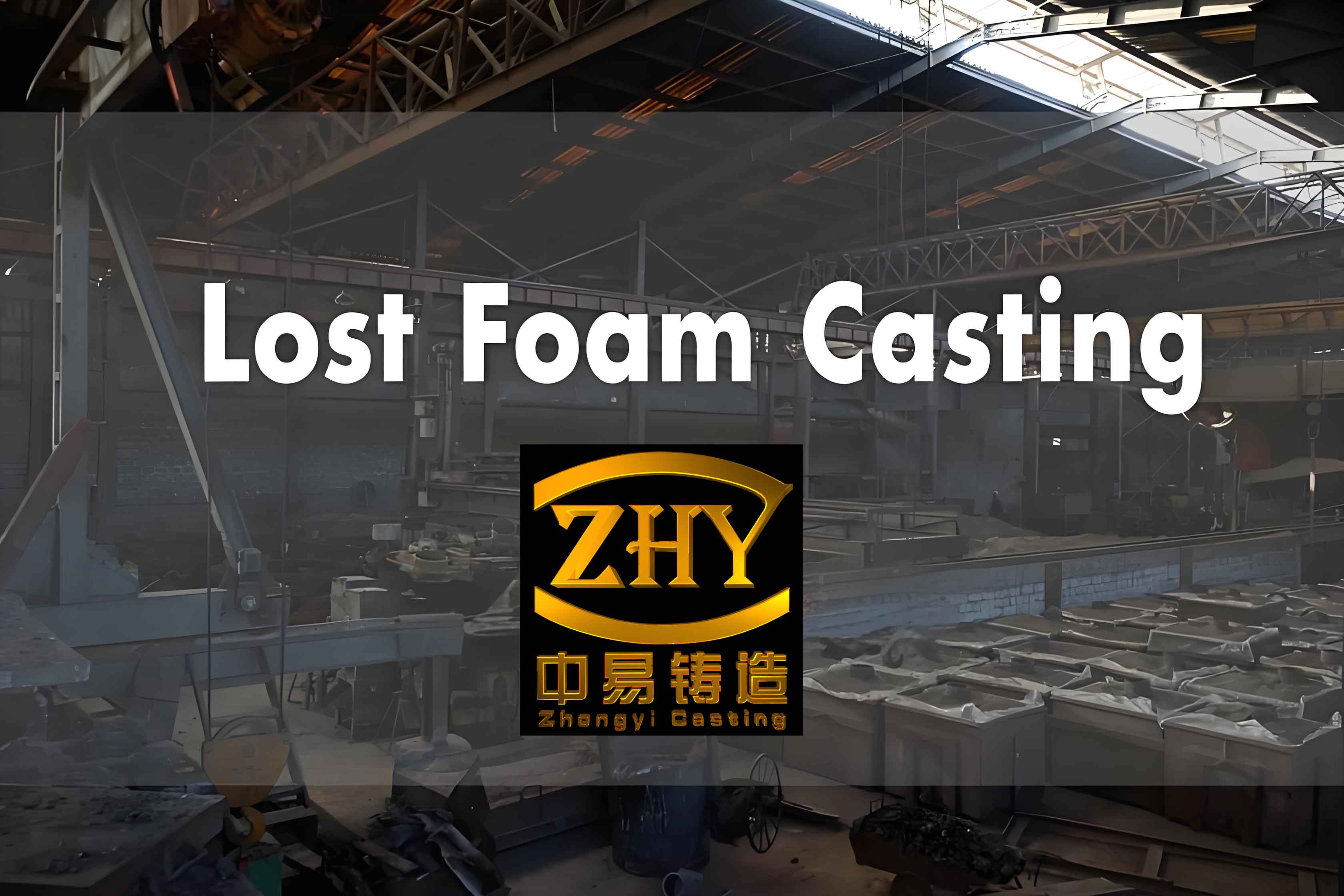Lost foam casting (LFC) is widely adopted for manufacturing thin-walled shell components like oil pans due to its advantages in dimensional accuracy, reduced machining allowances, and environmental friendliness. This article discusses the challenges and solutions in producing HT250-grade oil pans using LFC, focusing on defect mitigation and process optimization.

Key Process Challenges in Lost Foam Casting
The oil pan structure (601.5×32×163 mm) with wall thickness variations (6–30 mm) presents unique challenges:
- Deformation during foam molding and sand compaction
- Metal penetration due to inadequate coating strength
- Slag inclusion from improper melt treatment
- Cold shuts and shrinkage porosity in thin-walled sections
| Defect Type | Critical Control Parameters | Acceptance Criteria |
|---|---|---|
| Dimensional Accuracy | Foam shrinkage: 0.8–1.2% | ±1.5 mm |
| Surface Quality | Coating thickness: 1.6–2.0 mm | Ra ≤ 12.5 μm |
| Internal Integrity | Pouring temperature: 1,420–1,460°C | Zero shrinkage cavities |
Foam Pattern Optimization
The dimensional stability of EPS patterns was improved through:
$$S = \alpha \cdot T \cdot t$$
Where:
$S$ = Total shrinkage (mm)
$\alpha$ = Material shrinkage coefficient (0.008–0.012 mm/°C)
$T$ = Temperature gradient (°C)
$t$ = Exposure time (h)
| Feature | Design Tolerance (mm) | Implementation Method |
|---|---|---|
| Main Body Length | +3/-1 | Fiber-reinforced framework |
| Mounting Surface | ±0.5 | CNC-machined templates |
| Internal Ribs | +2/-0 | Variable-density bead distribution |
Coating and Sand Compaction Strategy
The coating formulation was optimized for better erosion resistance:
$$C_v = \frac{W_c}{W_c + W_w} \times 100\%$$
Where:
$C_v$ = Coating viscosity (Poise)
$W_c$ = Coating weight (g)
$W_w$ = Water weight (g)
| Parameter | Value | Effect |
|---|---|---|
| Vibration Frequency | 40–45 Hz | Optimal sand fluidity |
| Compaction Time | 360 s | 93% relative density |
| Sand Grade | AFS 45–55 | Minimized metal penetration |
Melting and Pouring Process Control
The chemical composition was strictly controlled to ensure metallurgical quality:
$$CE = C + \frac{Si + P}{3}$$
Where:
CE = Carbon equivalent (%)
Target CE range: 3.8–4.1
| Element | Target (%) | Control Range (%) |
|---|---|---|
| C | 3.0 | 2.9–3.1 |
| Si | 1.8 | 1.7–1.9 |
| Mn | 0.8 | 0.7–0.9 |
Defect Mitigation in Lost Foam Casting
Key improvements in defect control:
- Implemented directional solidification through stepped gating design
- Developed hybrid coating application (dipping + brushing)
- Optimized sand compaction sequence with localized manual ramming
| Defect Type | Initial Rate (%) | Improved Rate (%) |
|---|---|---|
| Deformation | 50 | 3 |
| Metal Penetration | 25 | 5 |
| Slag Inclusion | 18 | 2 |
Conclusion
The optimized lost foam casting process demonstrates:
- Dimensional accuracy improvement through fiber-reinforced foam patterns
- Effective metal penetration control via coating viscosity optimization
- Consistent metallurgical quality with strict CE control
- 96% production yield achieved through systematic process control
This case study proves that lost foam casting remains competitive for complex thin-wall castings when supported by scientific process design and rigorous parameter control.
